
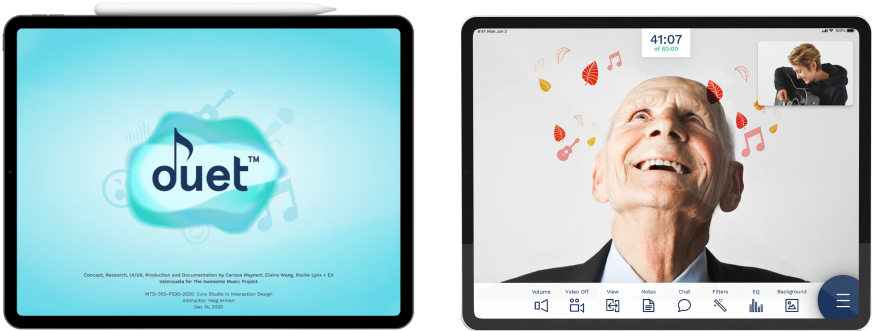
The Awesome Music Project is a charitable foundation that leverages the healing power of music to address mental wellness and mental health challenges.
When the Covid-19 pandemic hit, music therapists and their clients faced a unique set of challenges. With many senior clients being immune compromised, many MT’s stopped offering sessions, or had to move their sessions online. Aside from a number of limitations and technical issues, without a face-to-face interaction it was more difficult for clients to connect, focus or engage.
Our team connected with The Awesome Music Project to come up with a web platform that would address the needs of online music therapy sessions.
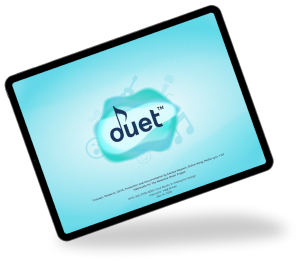
For this project I paired with Roche Lynch, Ed Valenzuela and Elaine Wang. Together we collaborated on research, brainstorming, prototyping and testing.
Build a web-based platform that will address the needs of Music Therapists offering online sessions for Senior Care Facilities.


With our leading question, each of us collected desk research and conducted interviews with music therapists and caregivers.
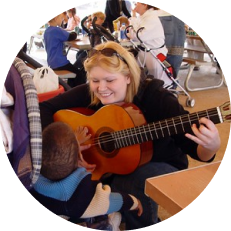
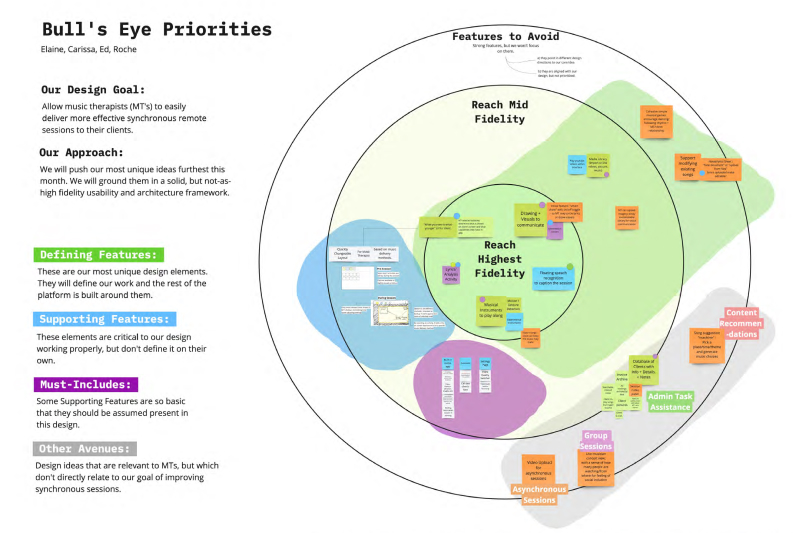

Key features we explored:
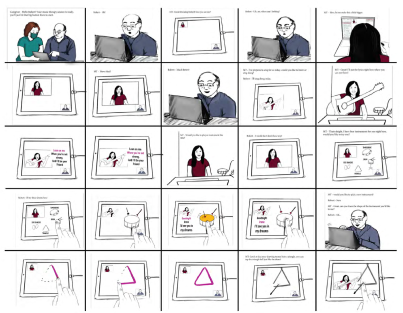
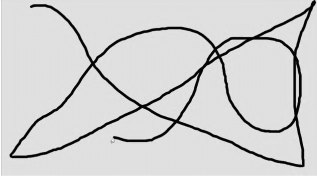
Early on we played with the concept of creating sound with motion detection, gestures, and digital instruments.
Using prototypes made in Unity, we learned that the participant loses interest quickly if the prototype creates noise without rhythm. We realized that these options run the risk of creating annoying or distracting sound patterns.
Overlays were interesting to participants momentarily, but required further iteration to build curiosity. We later focused on motion sensitivity, using filters to effectively incentivize rhythmic movement.
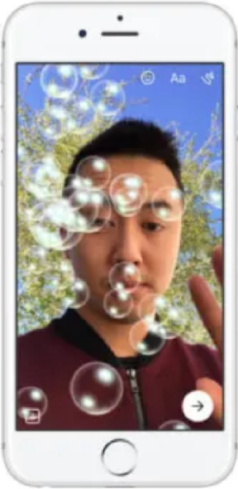
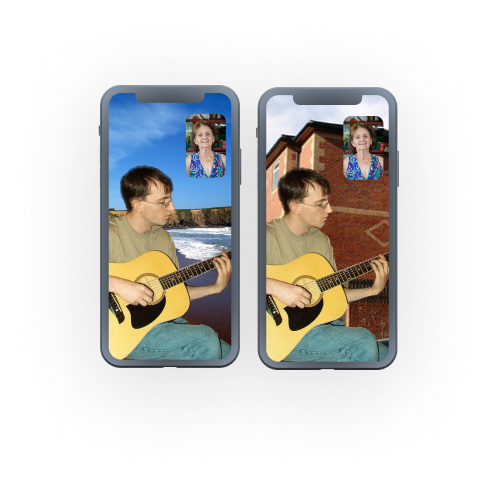
Virtual backgrounds (specifically locations that were familiar to participants) sparked memories, which led to life stories and rich conversations. This was a feature we decided to lean into.
In the final prototype we included:
Visual Effect Filters
Incentivize dancing and movement with visual effects that respond to motion. The responsiveness of this feature is easily adjusted.
Equalization Settings
Adjust the audio parameters to replicate distinctive sound characteristics of a specific scene. ie: a cathedral, recording studio, jazz club, or open field festival.
Backgrounds
Add background images to set a scene that provokes a positive memory, story or emotion.
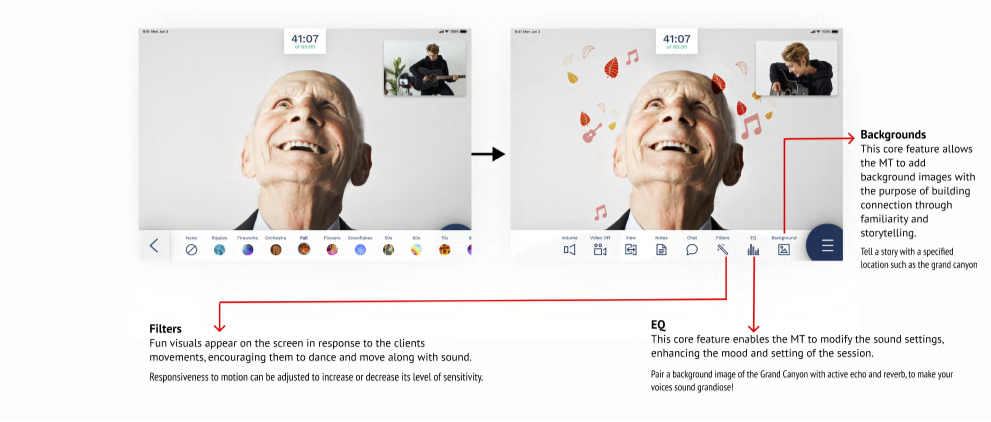
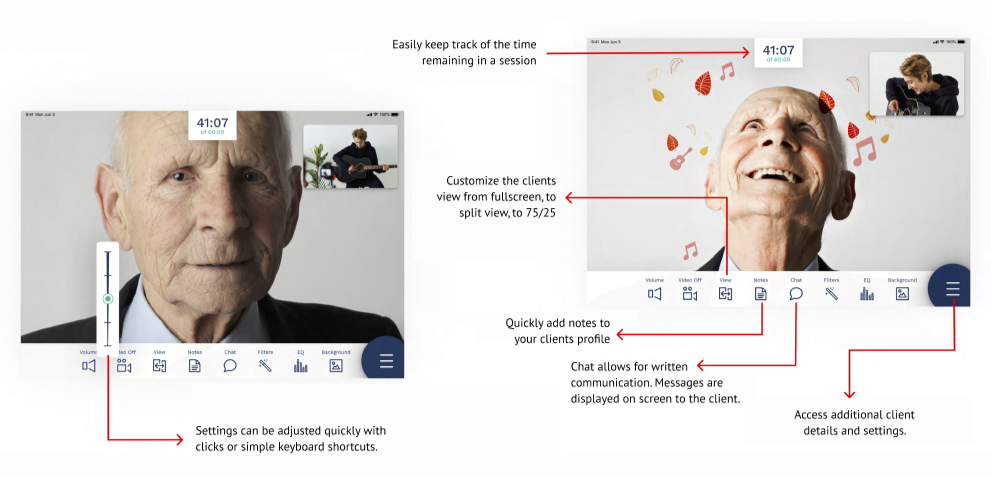
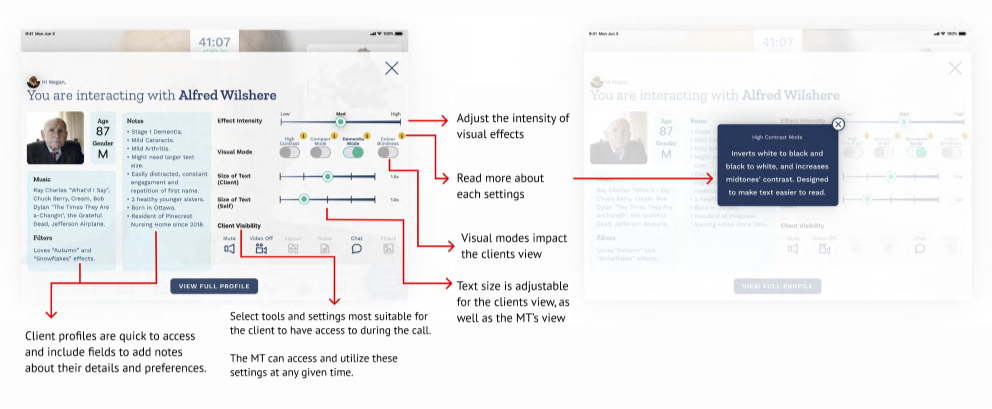

Throughout this project music therapists guided our approach with detailed insights into session goals and challenges.
We focused on enhancing the music therapy experience without completely altering the existing structure. In doing so we discovered opportunities to make music therapy more accessible to everyone.